Teaching the New Tools of Monetary Policy
Resources for teaching the Fed's monetary policy tools in an ample-reserves framework.
{{searchResultSnippet}}
 Back to All
Back to All
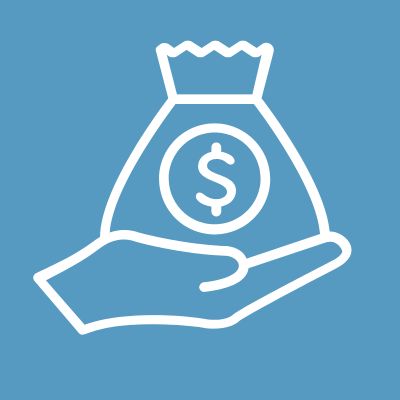
This video assignment explains how the Fed adjusts the target range for the federal funds rate to set off a chain of events in the economy to achieve the Fed’s dual mandate goals of price stability and maximum employment.
The Federal Reserve, “the Fed,” is the central bank of the United States. One of its important functions is to promote a strong U.S. economy. In fact, congress has given the Fed two main goals: maximum employment and price stability. These goals are often referred to as the Fed’s “dual mandate.” The Fed uses monetary policy to move the economy toward these goals.
Now, price stability doesn’t mean that prices never change. It means that the inflation rate remains low and stable over the longer run. The Fed’s policymaking group, the Federal Open Market Committee, often referred to as the FOMC, has stated that it would like inflation to average 2 percent over time.
Maximum employment is the highest level of employment that the economy can sustain over time. The FOMC determines how the labor market is doing relative to how it could potentially be doing at maximum employment. To do this, it looks at a wide range of economic indicators, including the unemployment rate.
So how does the Fed try to achieve its dual mandate? The Fed sets monetary policy to start a chain of events in the economy. Here’s how it works: First the FOMC meets. It has 8 regularly scheduled meetings a year. At these meetings, the committee looks at data on current economic conditions —what is trending up and what is trending down—and how the economy is likely to change going forward. Based on that information, the FOMC makes a monetary policy decision. Specifically, it decides what is the appropriate target range for the federal funds rate, which is a short-term interest rate.
With the target range set, the Fed then uses its policy tools to steer the federal funds rate into this target range. When the federal funds rate moves, it affects other interest rates, and interest rates affect overall financial conditions. These financial conditions in turn influence how households and businesses decide to spend and invest. And those choices in turn affect employment and prices.
So here’s how the chain reaction might work. Let’s say the FOMC thinks the economy is overheating, with unemployment very low and inflation too high for a period of time. To nudge the economy on the right track, it’ll move the target range for the federal funds rate up. Then the Fed will use its policy tools to steer the federal funds rate into the target range, which encourages other interest rates to move up. When interest rates are higher, households and businesses tend to spend and invest less and save more. When spending declines, there is less demand for workers and prices tend to decline.
Now let’s say the FOMC thinks the economy is weakening, with employment falling short of its maximum level or inflation declining below target. In this case the committee may move the target range for the federal funds rate down and the Fed would put its tools to work to encourage market interest rates to move down. With lower interest rates, and easier financial conditions more broadly, households and businesses will likely spend and invest more and save less. When spending increases, there is more demand for workers and upward pressure on prices.”
These are the linkages that the FOMC has in its mind as it chooses the appropriate target range for the federal funds rate to move the economy toward the Fed’s dual mandate.
But how does the Fed ensure that the federal funds rate actually moves into the target range? Join us for Part 2 to learn about two important interest rates the Fed uses to implement the FOMC’s policy setting.
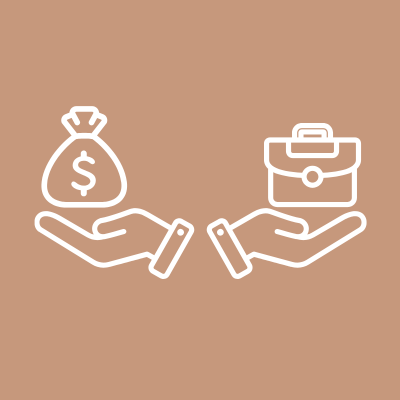
Teaching the New Tools of Monetary Policy
Resources for teaching the Fed's monetary policy tools in an ample-reserves framework.

The Fed's New Monetary Policy Tools
Explore the new monetary policy tools of the Fed.
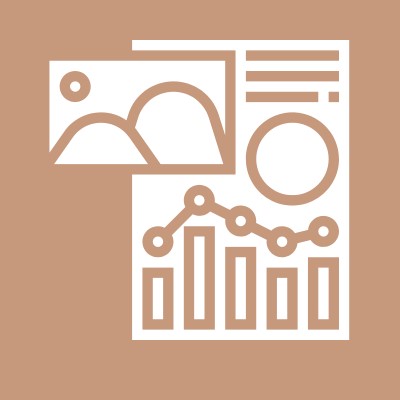
Fiscal & Monetary Policy
Define fiscal and monetary policy and highlight their differences.

Beige Book in the Classroom
Learn how the Fed's Beige Book reflects economic conditions.
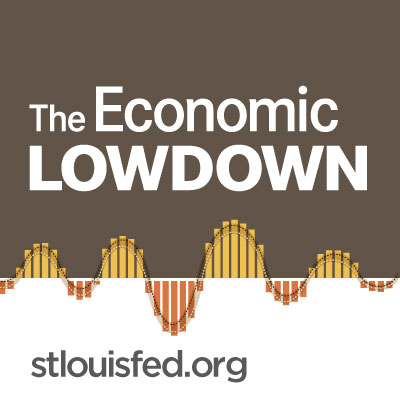
Econ Lowdown Podcast Series
21 Economics audio assignments for your classroom

Jargon Alert: Helicopter Money
Learn about a tool to stimulate economies and fight deflationary pressures.
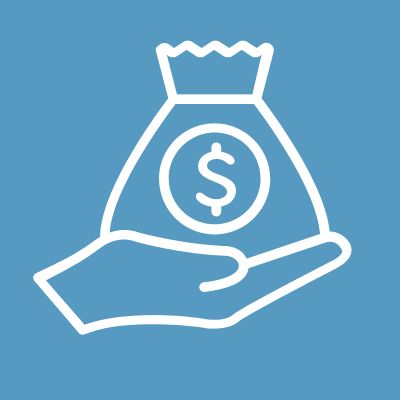
Monetary Policy, Part 2: Two Important Interest Rates in Monetary Policy Implementation
Explain the federal funds rate and interest on reserve balances rate.

Monetary Policy, Part 3: Reservation Rate and Arbitrage
Explore how the Fed uses interest on reserve balances.

Monetary Policy, Part 4: The Fed in Action
Explain how the Fed works towards its dual mandate.
{{resourceTitle}}
{{resourceBlurb}}